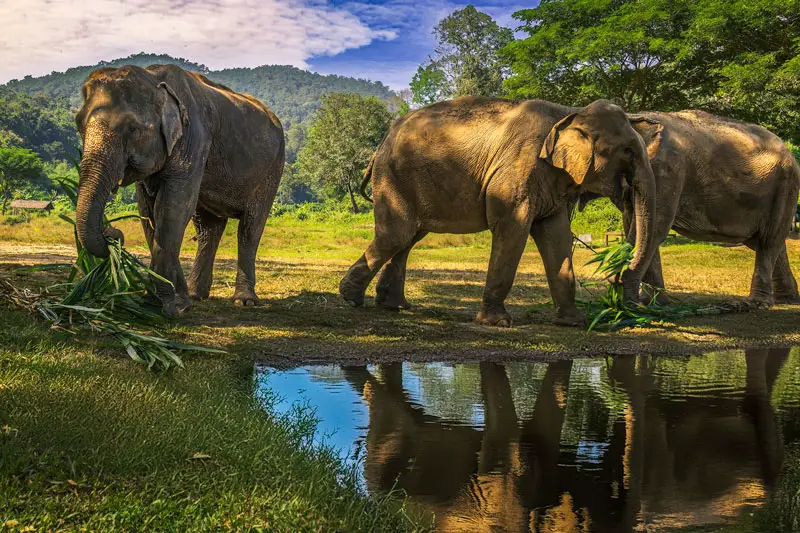Planning your own tour itinerary can be incredibly rewarding, offering the freedom to explore at your own pace and dive into the heart of a destination. Whether you’re a seasoned traveller or embarking on your first independent adventure, this guide will help you craft the perfect itinerary, from choosing your destinations to mapping out your journey. Let’s dive into the step-by-step process of creating a memorable and stress-free trip.

1. Decide Where You Want to Go
Your first task is to figure out what kind of experience you want. Are you drawn to the hustle and bustle of a big city, the serenity of a trek in nature, or perhaps the allure of sun-soaked beaches? This decision will shape the rest of your itinerary.
Consider the timing of your trip as well. For instance, avoid planning a trek during monsoon season or visiting a beach destination in the off-season when the weather might not cooperate. If you’re dreaming of an Asian adventure, check out our comprehensive guide on the best times to visit each country in the region.
2. Budget Wisely
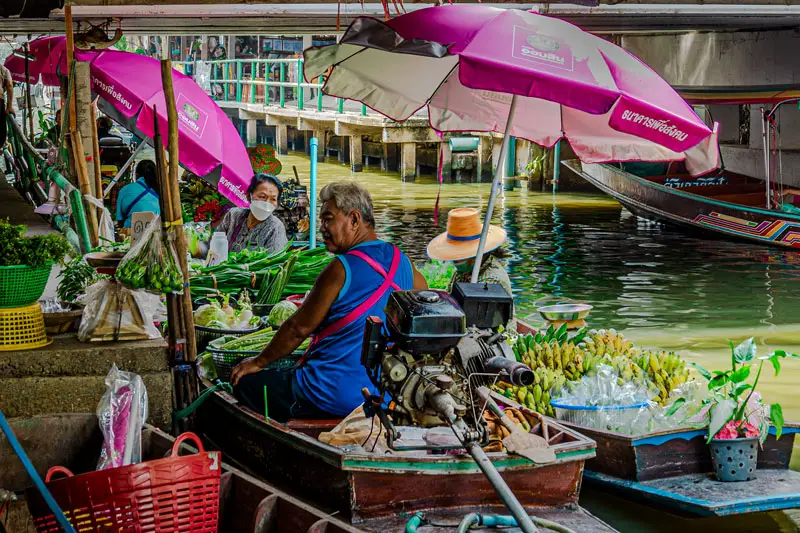
Your budget will significantly influence your travel plans. Off-peak travel can stretch your budget further, allowing you to stay longer and experience more. Remember, destinations like India or Southeast Asia are generally more affordable than countries like Australia or Canada.
To snag the best airfare deals, aim to fly out on a Tuesday. Be mindful of price fluctuations—websites use cookies to track your searches, which can cause prices to rise if you repeatedly check the same route. Avoid this by searching on different devices or networks, and compare prices across multiple platforms like Skyscanner, Opodo, and Kayak.
3. Research Points of Interest
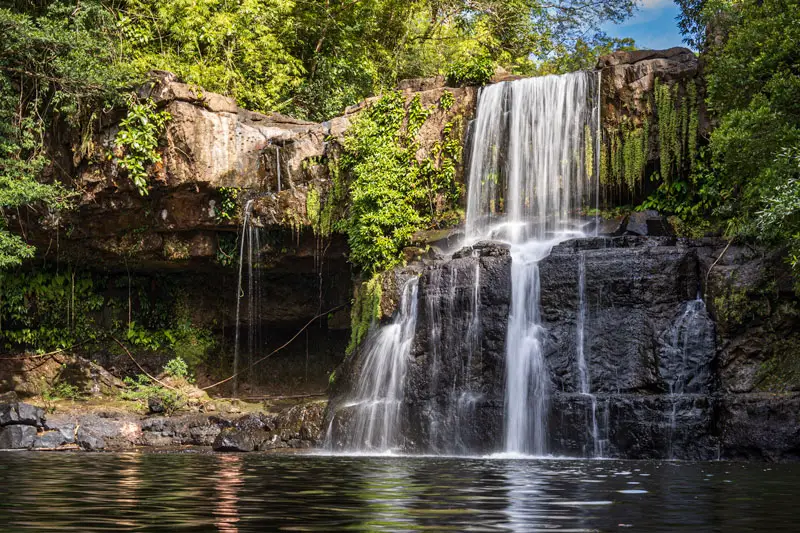
Now, it’s time to dive into the fun part—choosing what you want to see! Start by writing down everything that interests you. Use resources like Google, Pinterest, and even photography websites such as Unsplash, iStockphoto, and Shutterstock for inspiration. Forums like TripAdvisor and Quora are also goldmines for gathering insights from fellow travellers.
For instance, after researching Sri Lanka, I noted the following must-visit places:
- Udawalawa National Park: Perfect for spotting wild Asian elephants
- : Explore the ancient rock fortress
- Galle: A historic city and UNESCO World Heritage Site
- Kandy: Famous for its Buddhist sites
- Nuwara Eliya: Visit lush tea plantations
- Nilaveli, Pasikuda: Unwind on beautiful beaches
- Anuradhapura: Discover ancient ruins
- Polonnaruwa: Explore the City of Kings, a World Heritage Site
4. Plot Your Route
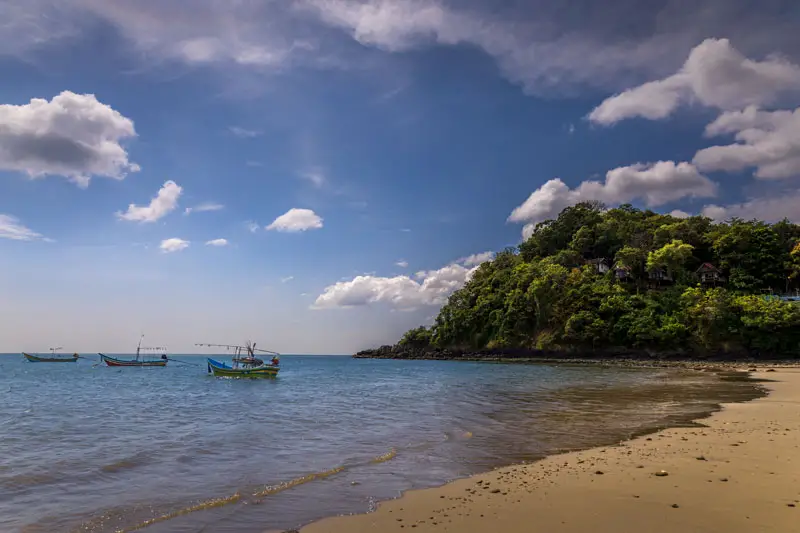
Once you’ve identified your points of interest, it’s time to plot them on a map. Open Google Maps and add all your destinations to see how they fit together geographically. Initially, your map might look chaotic, but you can rearrange the points to create a logical travel loop.

For example, in Sri Lanka, you might start in Colombo, head to the beaches of Nilaveli, then move on to the cultural sites of Anuradhapura and Polonnaruwa, before exploring Kandy, Nuwara Eliya, and finishing with a safari in Udawalawa.
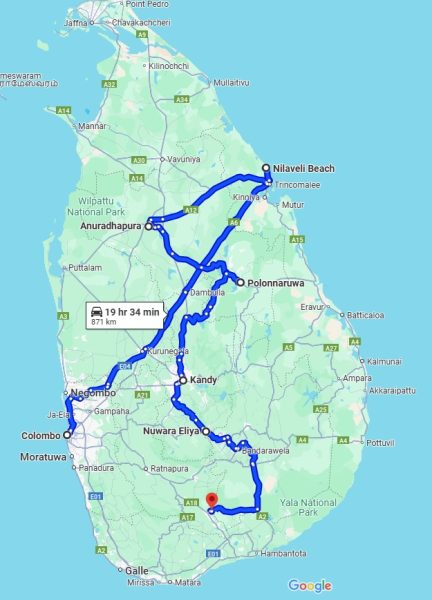
5. Plan Your Transportation
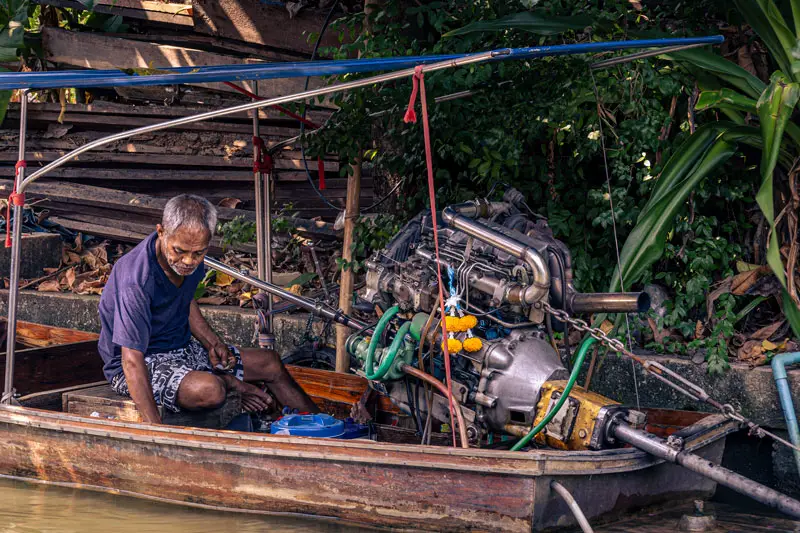
After mapping your route, figure out the best ways to travel between each destination. In Sri Lanka, options include buses, trains, taxis, and Tuk-Tuks. Google Maps is a great tool for finding public transport routes, but don’t hesitate to use forums for additional advice.
For instance, RouteMaster.lk offers comprehensive bus and train routes across Sri Lanka. Also, consider incorporating scenic train rides, like the one from Kandy to Ella, to enhance your travel experience.
This is the final map of our itinerary in Sri Lanka:
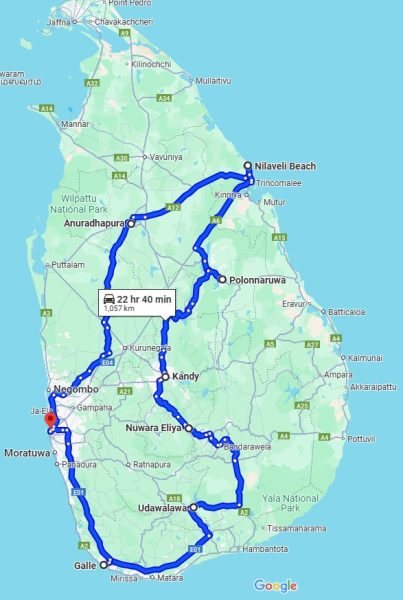
6. Embrace Flexibility
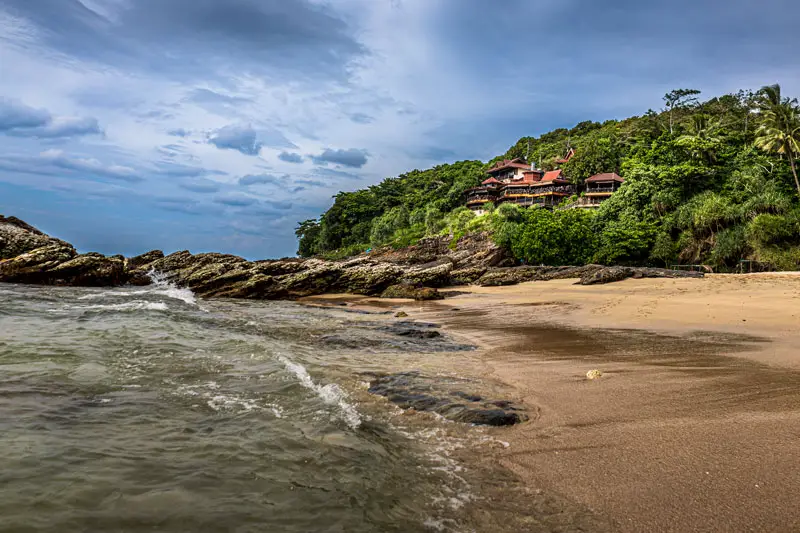
While it’s tempting to lock in every detail, flexibility is key to a successful trip. Avoid booking all your hotels in advance so you can stay longer in places you love and leave sooner from those that don’t meet your expectations.
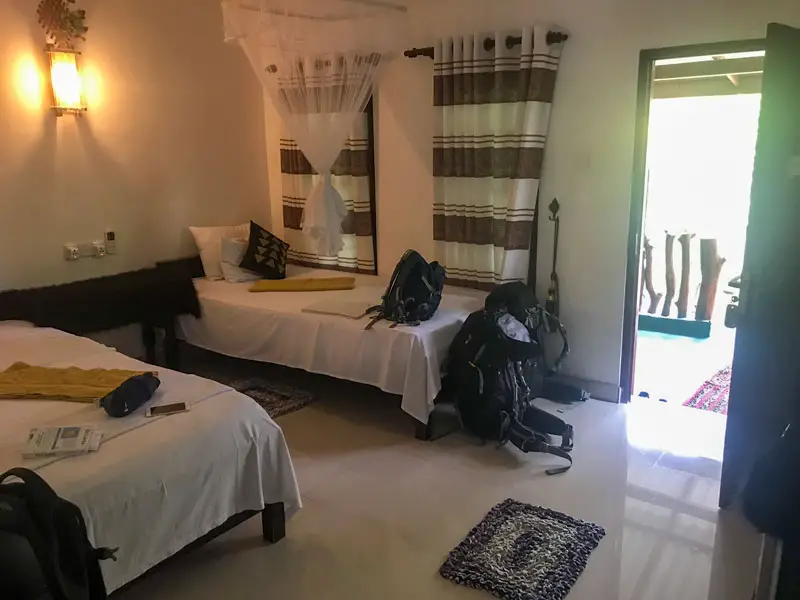
When choosing accommodation, visit in person to check out the rooms. A clean, comfortable space is all you really need, especially if you’re travelling on a budget. Engaging with fellow travellers at guesthouses can also lead to valuable tips and new friendships.
7. Connect with Locals
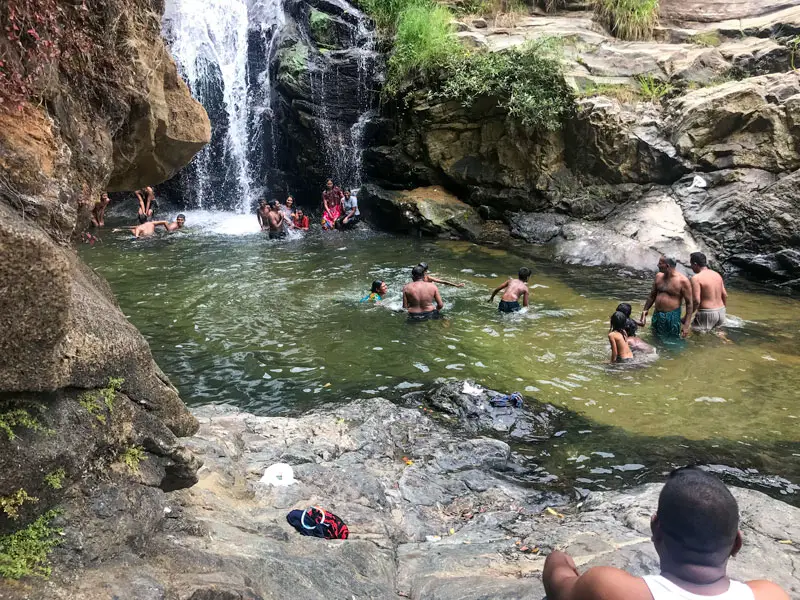
One of the greatest joys of independent travel is connecting with locals. Whether you’re on a bus, in a market, or at a street food stall, take the time to chat with the people around you. They often have the best tips and insights that you won’t find in any guidebook.
For example, during a trip to Mexico, I learned the best route to Holbox Island from a guesthouse owner, a tip that wasn’t available online. These kinds of interactions can turn a good trip into a great one.
8. Track Your Plans
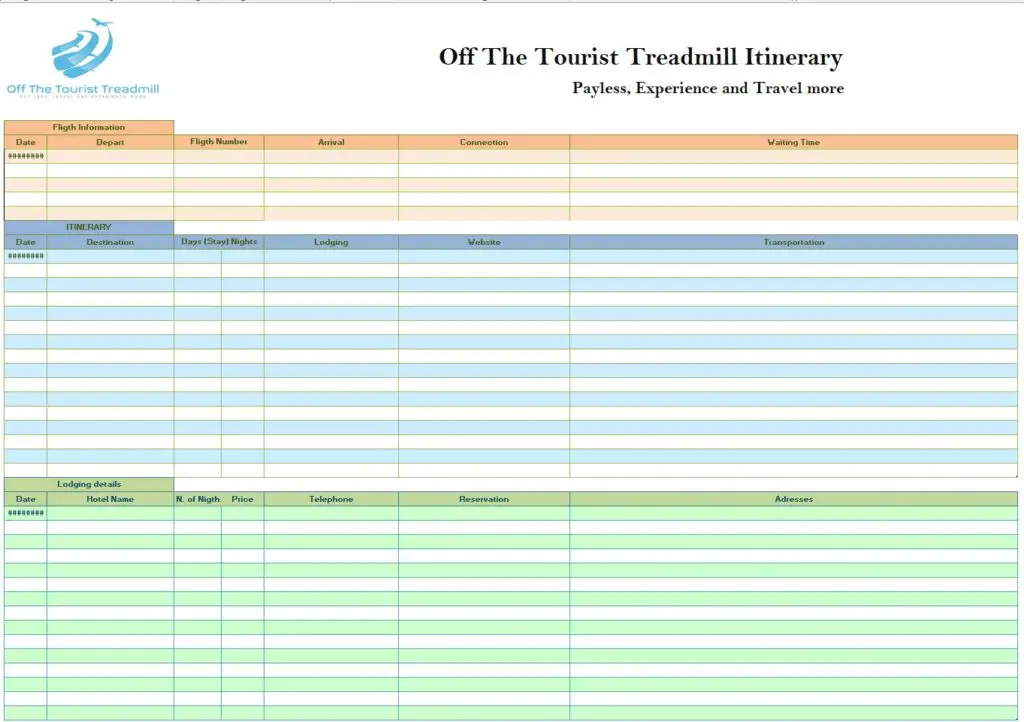
To stay organised, create a travel itinerary template in Excel or download mine. Use it to track your research, plan your route, and note potential accommodation. This will help you stay on top of your plans without feeling overwhelmed.
9. Enjoy the Journey

Finally, remember that travel is as much about the journey as it is about the destination. Take your time, savour the moments, and don’t rush from place to place. The best memories are often made when you allow yourself to fully experience your surroundings.
Whether you’re a first-time traveller or a seasoned explorer, planning your own itinerary gives you the freedom to create a trip that’s perfectly tailored to your interests and pace. So go ahead, start planning, and enjoy the adventure!
Need More Tips?
If you have any questions or need further advice on planning your itinerary, feel free to drop a comment below. Happy travels!

